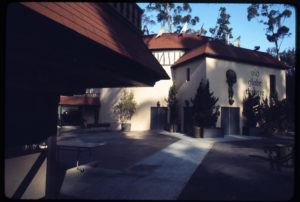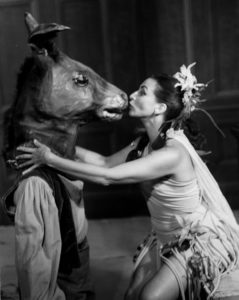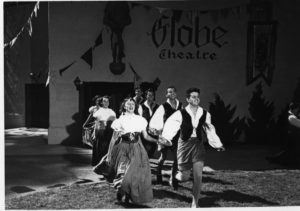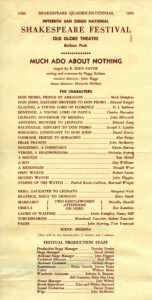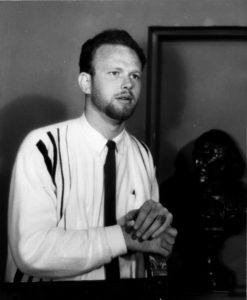
by Cora Buhlert
Science fiction, as a cutting edge genre, often skirts the line of decorum, occasionally earning calls for banning of particularly sensitive works. Thus, it is appropriate that this month, I have three stories from West Germany for you that are connected to the freedom of the arts, enshrined in our constitution, and how it is sometimes challenged.
But first, some political news:
No Experiments
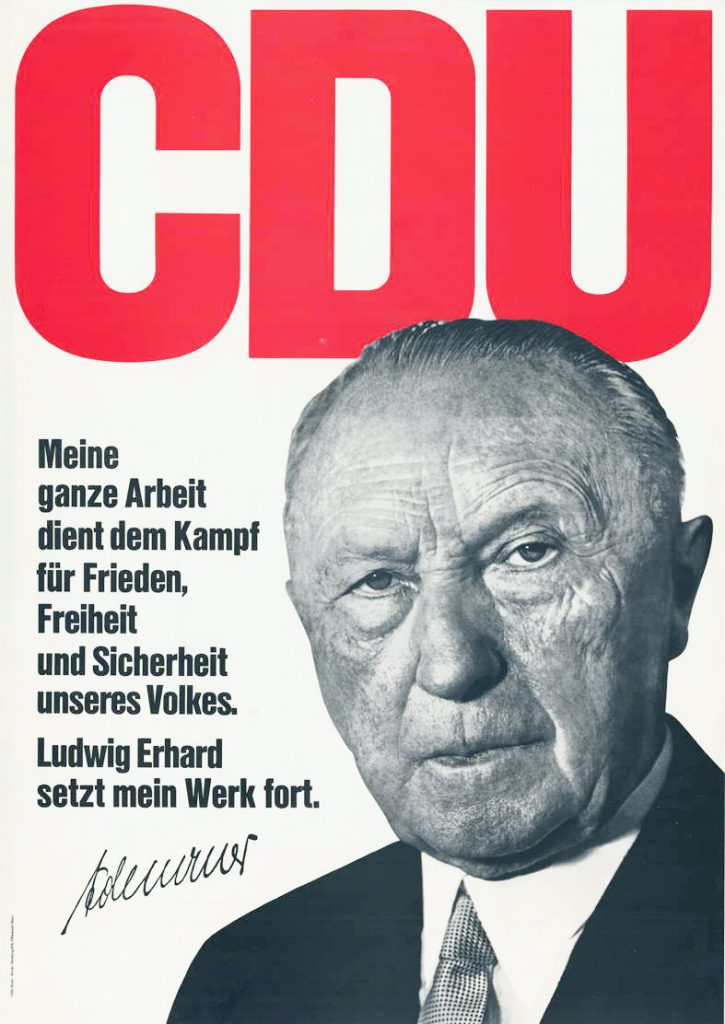
The headline news this month was the West German federal election, the fifth since the founding of Federal Republic of Germany and the first where the candidate of the Christian conservative party CDU/CSU is someone other than Konrad Adenauer, namely his successor as chancellor Ludwig Ehrhard.
But except for the name of the chancellor, very little has changed. The CDU/CSU once again won the majority of the vote and will be able to continue the coalition government with the liberal party FDP. The opposition, the Socialdemocratic party SPD gained some votes, but not enough for SPD chancellor candidate Willy Brandt to replace Ludwig Ehrhard.
I have to admit that I never liked Konrad Adenauer. However, he and Ludwig Ehrhard have done a lot to rebuild West Germany after World War II and turn it into the industrial powerhouse it is today. Nonetheless, I feel that after sixteen years of a CDU/CSU/FDP government, it is time for a change.
Rolling Stones, Riots and Rebellion
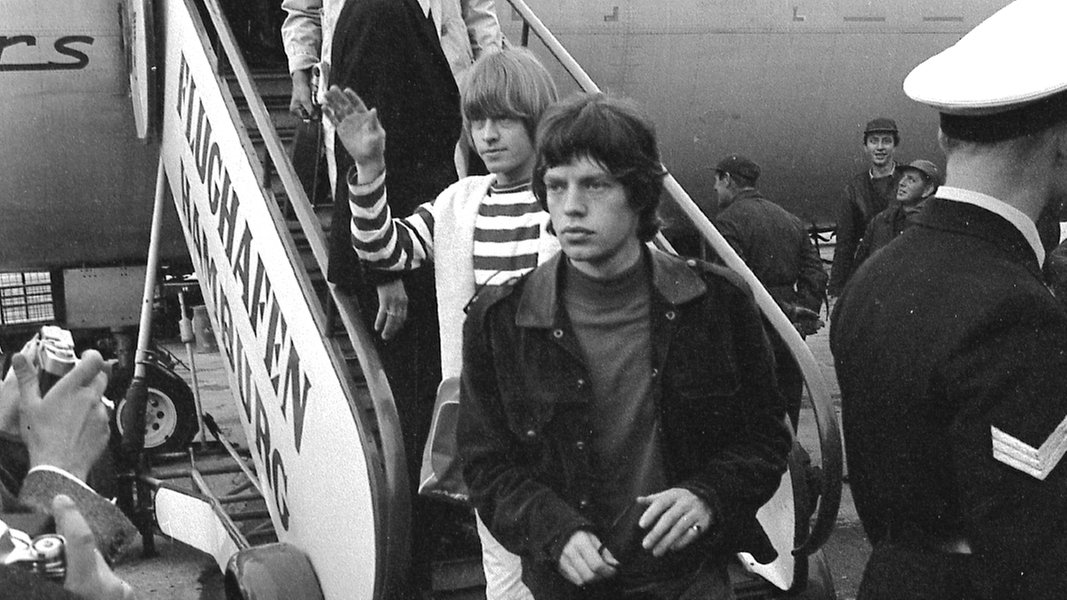
At least in the realm of pop music, change is in the air. The West German music charts are still dominated by the so-called Schlager genre of sappy pop songs sang in German. But while Schlager is still king with the over forty demographic, the young are increasingly turning to beat music.
The Rolling Stones recently finished their first tour of West Germany to the delight of their young fans and the disdain of conservative critics, who called the band "cavemen" and their music "primitive and unimaginative".
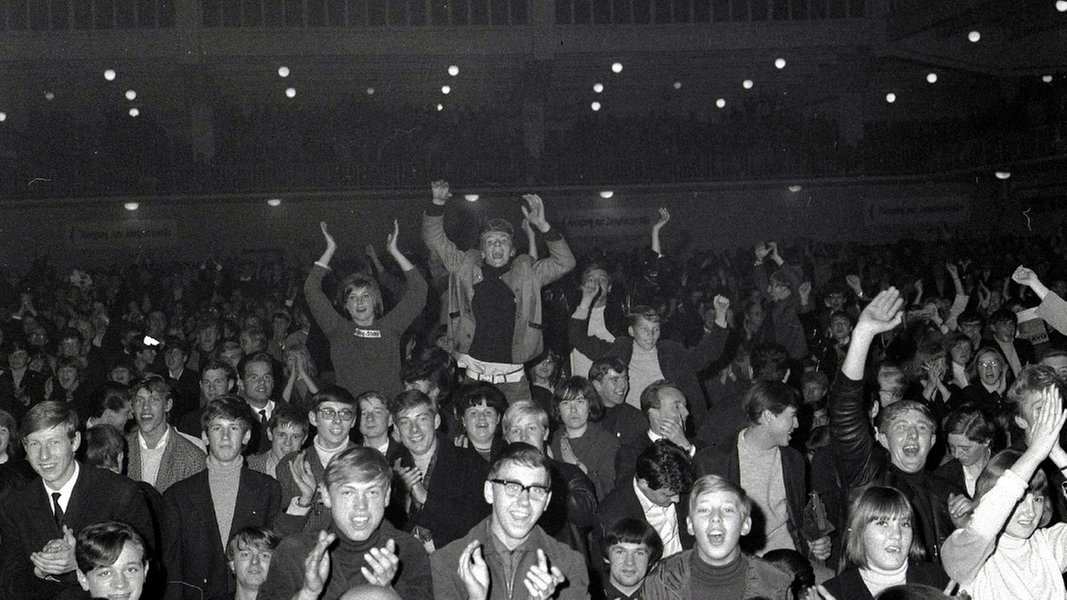
The Rolling Stones concert in Hamburg erupted into violence, when more than two thousand young people, who hadn't been able get tickets for concert, decided to take out their frustrations on streetlamps, benches, planters, cars and election posters outside the concert hall. The police responded in kind and by the end of the day, forty-seven young people had been arrested and thirty-one people injured.
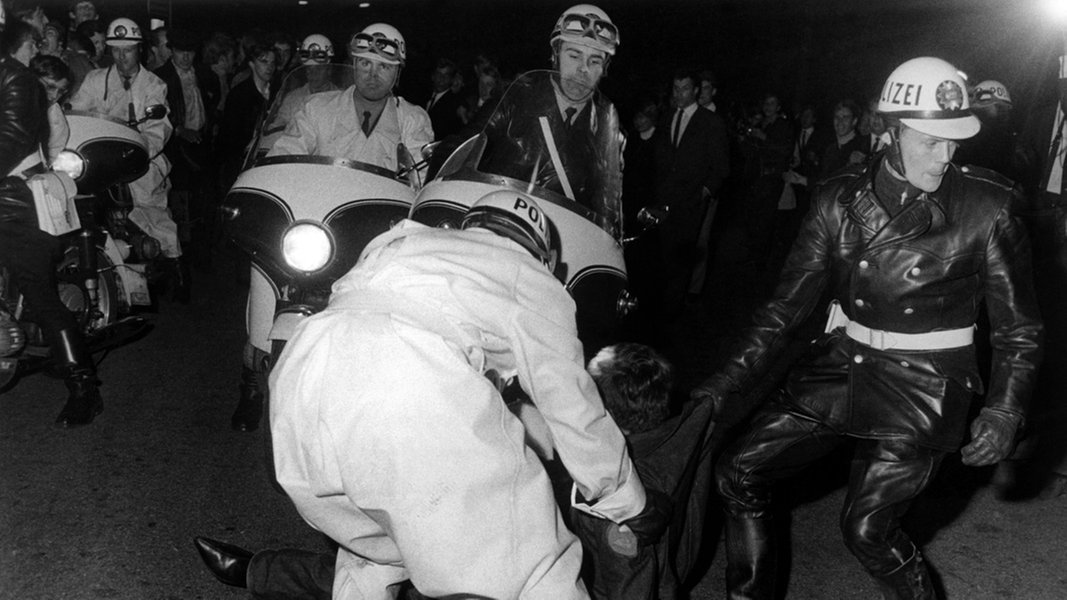
But that was nothing against what happened the following day in West Berlin, where the Rolling Stones performed at the Waldbühne. Once again, the concert was sold out and once again, young fans who had not been able to get tickets showed up outside the venue. But since the Waldbühne is an open air arena, the youngsters were able to break through the police cordon and get in.
Things were initially quiet, but once the Rolling Stones came on stage, the young fans stormed the stage. The police managed to clear the stage, but once the Stones performed their latest hit "Satisfaction", there was no holding back and the fans stormed the stage once again. The band, fearful for their safety, broke off the concert and that's when the trouble truly started.

The young fans demanded that the Rolling Stones come back and finish the concert. When the band didn't come back, they started demolishing the seats in the arena. The West Berlin police responded with excessive violence (eye witnesses report that the situation only escalated, when police officers started attacking a group of forty to fifty teenaged girls huddling near the stage) and the result was a riot which lasted several hours, caused eighty-seven injuries and left the Waldbühne in ruins. But the riot did not stop there. Because on their way home, many of the young West German fans decided to take out their frustrations on the trains of the S-Bahn light rail network, which is operated by the hated East Berlin transport authority. In the end, seventeen S-Bahn trains had been damaged, four of them so badly that they had to be taken out of commission.
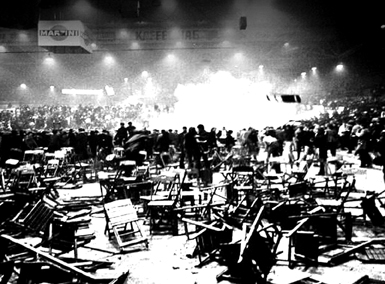
East and West Berliners never agree on anything, but the newspapers in both parts of the divided city agreed that the Waldbühne riot was a disaster that must never happen again. The West German tabloid Bild compared the Rolling Stones concert cum riot to a witches' sabbath. Meanwhile, Neues Deutschland, the official newspaper of the Socialist Party of East Germany, not only reprinted the Bild article (which is unusual in itself, since Bild is explicitly anti-Communist), but also added some hyperbole of its own, comparing the rioting young fans to the Hitler Youth (even though the Nazis famously hated the very jazz and blues music which inspired the Rolling Stones) and claiming that the true aim of the Rollings Stones' music was to prepare the West German youth for World War III. Why a British beat band would even want to prepare young Germans for war is a question that not even the Neues Deutschland can answer.
Beats in Bremen
But even those West German beat music fans who did not make it to one of the Rolling Stones concerts got a chance to listen to their favourite music. For last Saturday, a brand-new music show named Beat-Club premiered on West German TV. I was watching with particular interest, not just because I like beat music, but also because the show was produced and filmed right here in my hometown Bremen.
Apparently, the idea of a TV show playing solely beat music is so shocking that announcer Wilhelm Wieben, at age thirty himself a member of the younger generation, explicitly apologised to older viewers who might not like beat music. Oddly enough, no TV announcer has ever felt the need to apologise for any other genre of music.

Compared to the dire warnings that preceded it, the actual program was a lot of fun, but fairly harmless. The format is loosely based on the US show American Bandstand and the British show Ready, Steady, Go! Various bands play live music, while the young studio audience dances. The presenters are Gerd Augustin, discjockey at the Bremen dance hall Twen Club, where he also recruited the live studio audience, and Uschi Nerke, an attractive twenty-one-year-old architecture student with musical ambitions.
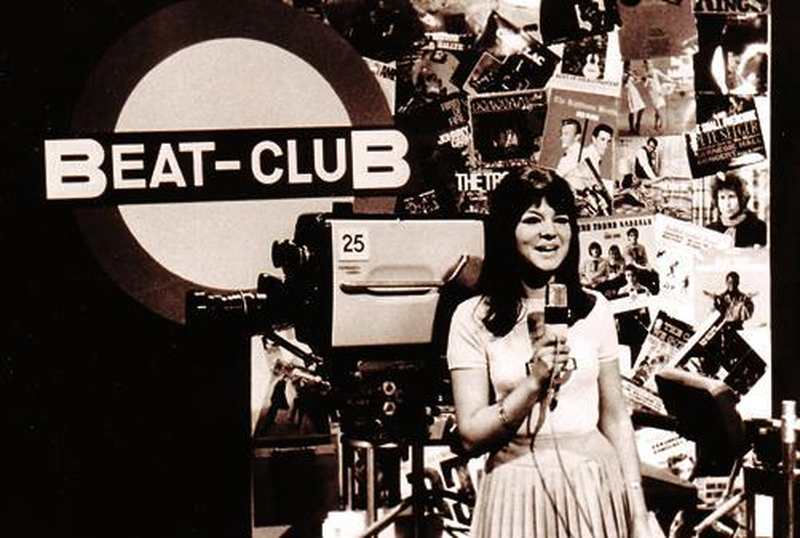
The Rolling Stones may have toured Germany barely a week before the premiere of Beat-Club, but producer Mike Leckebusch wasn't able to afford a band of that calibre yet. And so the opening number was "Halbstark" (a German slang term for young rowdies and rockers) by the Bremen beat band The Yankees, named for the Union Army Civil War era uniforms they wear on stage. Further acts included the British bands John O'Hara and His Playboys and The Liverbirds, an all-girl band from Liverpool who are already well known in North Germany for performing in Hamburg's Star Club, where the Beatles got their start not so long ago.
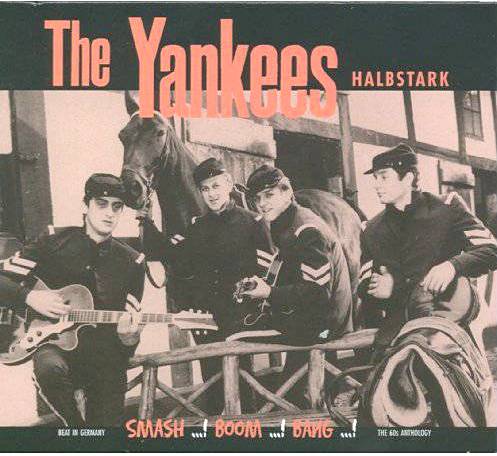

The first edition of Beat-Club may have been a little rough, but the program has a lot of potential. Were the apologies and dire warnings justified? In my opinion, no. But judge for yourself, cause thanks to the magic of Telstar I present you The Yankees performing "Halbstark" live at the Beat-Club.
Devil's Advocate
Finally, I want to report about a court case that concluded at the Hamburg district court last month. Why is this case important? Because what was on trial was nothing less than the freedom of the arts that is enshrined in the West German constitution.
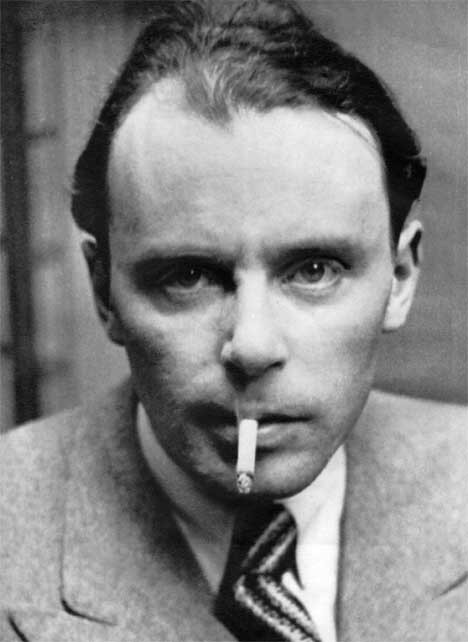
Let's have some background: In 1936, Klaus Mann, son of Nobel Prize winner Thomas Mann and older brother of occasional science fiction writer Elisabeth Mann Borgese, published a novel called Mephisto – Roman einer Karriere (Mephisto – Novel of a Career), while in exile in Amsterdam, because the Mann family were persecuted by the Nazis. Now the publisher Nymphenburger Verlagsbuchhandlung wanted to republish the novel in West Germany.


None of this would be remotely controversial, if not for the fact that Mephisto is a roman-à-clef about the German cultural and theatre world of the 1920s and 1930s. In particular, the protagonist Hendrik Höfgen is a thinly veiled portrait of actor and theatre director Gustaf Gründgens whose most famous role was Mephisto in Johann Wolfgang von Goethe's Faust. The novel chronicles Höfgen's rise from small time actor to director of the Prussian state theatre and favourite of Hermann Göring himself. Höfgen himself never believes in the Nazi ideology. Instead, he is portrayed as an opportunist who makes his own deal with the devil he is so adept at playing and uses every chance to gain advantages for himself (at one point even seducing Göring's lover and future wife), even as his former friends and colleagues are forced into exile.

We do not know how Gustaf Gründgens felt about Mephisto, though we know that he knew the novel, because Klaus Mann made sure that Gründgens was sent a copy. Nor can we ask Gründgens, because he died two years ago of an overdose of sleeping pills. Klaus Mann cannot speak out on the case either, since he committed suicide in 1949.
However, Gründgens' adoptive son and heir (and, it is rumoured, lover) actor Peter Gorski was not at all happy about the plans to republish Mephisto in West Germany. And so he sued the publisher to have the publication stopped, because Mephisto supposedly libels the late Gustaf Gründgens and violates his human dignity.

Now Mephisto is undoubtedly a roman-à-clef, even if Klaus Mann himself claimed otherwise in his afterword, and most of the characters are based on real people. However, it is also a fictionalised account and some events don't fit the historical record. The most notable of these is Höfgen's lover Juliette Martens. Because Juliette is a black woman, daughter of a German father and an African mother, this relationship is taboo in Nazi Germany. Juliette is one of the few characters in Mephisto who does not have an equivalent in the real world. Instead, the scandalous relationship between Höfgen and Juliette is a stand-in for the fact that Gustaf Gründgens was homosexual.
Is Mephisto a good novel? Well, I'm probably not the right audience for it, since I have to admit that the only member of the Mann family whose works I ever enjoyed is Elisabeth Mann Borgese. Furthermore, Mephisto requires a rather deeper knowledge of the German theatre and cultural world of the 1920s and 1930s than I have. And the portrayal of Höfgen's black lover Juliette is highly problematic, since Juliette is frequently described as savage and animal-like. It is obvious that Mann introduced Juliette to avoid the homophobic implications of portraying Höfgen as homosexual. But indulging in racism to avoid homophobia doesn't make it any less racist.
Was Mephisto intended as a jibe against Gustaf Gründgens? Certainly, especially since Mann and Gründgens not just knew each other, but were actually family, since Klaus Mann's sister Erika was briefly married to Gründgens in the 1920s. The Mann siblings and Gründgens also performed together in two plays written by Klaus Mann. It is also rumoured that the relationship between Klaus Mann and Gustaf Gründgens was a lot more intimate than just brothers-in-law, since both Gründgens and Klaus Mann were homosexual, whereas Erika Mann is lesbian. So the novel was likely the result of a family quarrel or lovers' spat.

It is understandable that Peter Gorski is trying to protect the legacy of Gustaf Gründgens. However, Gründgens' legacy is not in question. He was able to continue his career unimpeded in postwar West Germany and is considered one of the greatest actors and directors of his generation. Furthermore, Gründgens did collaborate with the Nazi regime, so that part of Mann's novel is absolutely correct. And Mann explicitly did not mention Gründgens' homosexuality in the novel – not that it was a big secret, though homosexual relationships between men are sadly still considered a crime in West Germany.
The fact that the heir of a Nazi collaborator tries to block the publication of a novel by a victim of Nazi persecution should also leave a bad taste in everybody's mouth.
However, the question is not whether the novel defames Gustaf Gründgens, especially since Gründgens is too dead to care anyway. The question is whether the freedom of art, which is enshrined in the West German constitution, weighs higher than the right of a dead theatre director to keep his memory unsullied.
As a writer myself, I come down on the side of art in this case. Not to mention that one precedent could lead to further lawsuits. After all, people often claim to recognise themselves in novels. For example, the British-Hungarian architect Ernö Goldfinger believed that the villain in the eponymous James Bond novel was based on him (not without reason, for Ian Fleming was known to name villains after people he disliked) and also tried to block the publication, whereupon Ian Fleming offered to change the name of the character to Goldprick. As a result, Goldfinger abandoned his lawsuit and the novel was published (and filmed last year) as Goldfinger.
Such a solution is not possible in the Mephisto case, if only because both Mann and Gründgens are dead. But thankfully, the Hamburg district court agrees with me and rejected Peter Gorski's lawsuit. The case is not yet over, for Gorski has announced that he will file an appeal. However, freedom of art won for now and that is a very good thing.
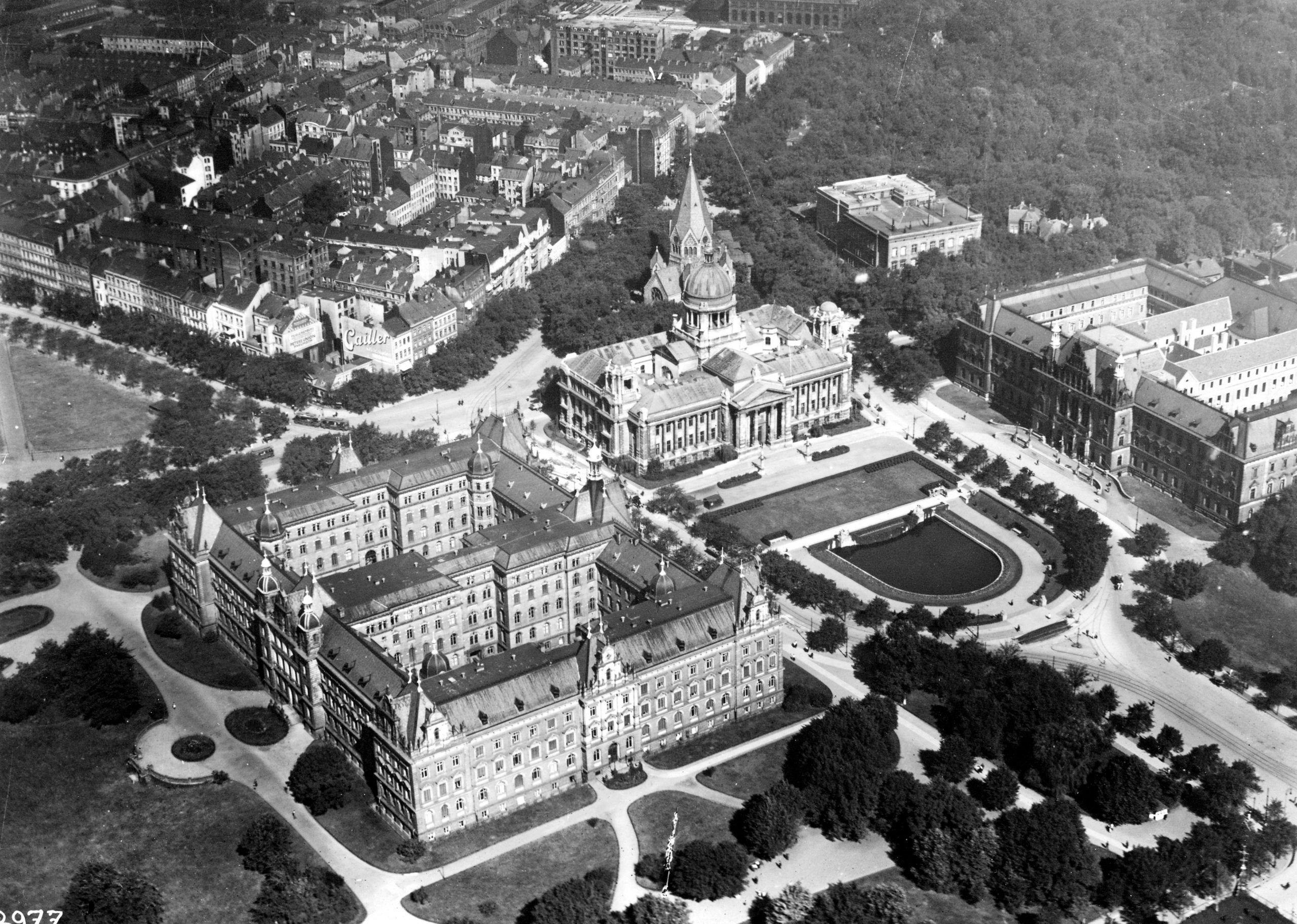
You may think that the Rolling Stones riots, the Beat-Club premiere and the Mephisto have little to do with each other. But they all demonstrate why freedom of the arts is so important. Because in all three cases, we had people complaining about and trying to ban art they don't like. And in all three cases, art won out in the end. It is a hopeful trend that our science fiction writers might do well to note in their predictions of the future.

![[September 28, 1965] Of Art and Freedom: The Rolling Stones Riots and the <i>Mephisto</i> Case](https://galacticjourney.org/wp-content/uploads/2020/09/1018-672x372.jpg)

![[July 24, 1964] Much Ado About Something (Time Travel, San Diego-style)](https://galacticjourney.org/wp-content/uploads/2019/07/pc-000-367-672x372.jpeg)

